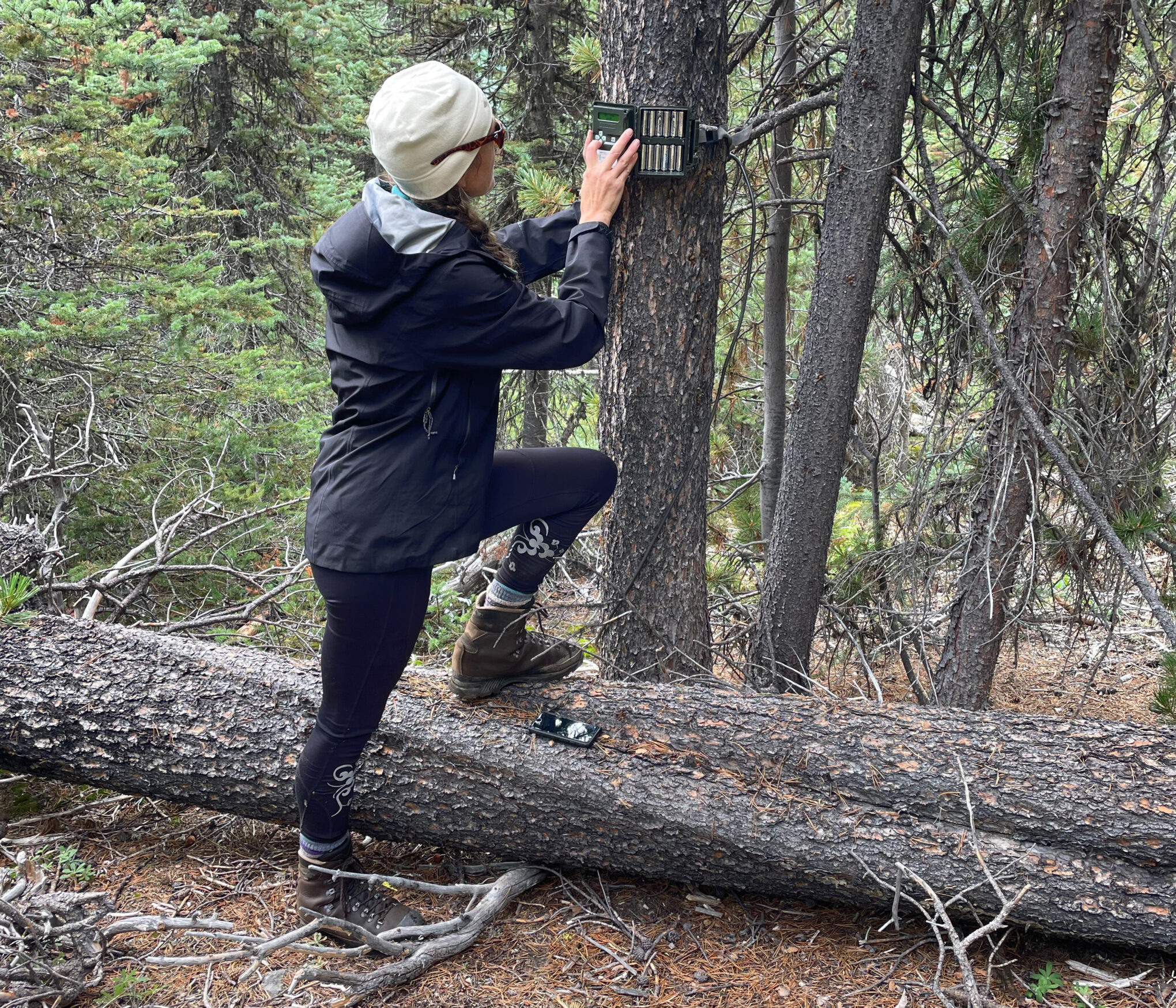
CASE STUDY
PROJECT BRIEF
We’re developing smart tools to help conservation teams design more effective wildlife surveys using passive sensors like camera traps. By optimizing where and how sensors are placed, we can improve data quality while reducing field costs and logistical challenges. Our methods are grounded in ecological science, tested in real-world projects, and built to support monitoring for both marked and unmarked species across diverse landscapes.

PROJECT DESCRIPTION
As the pressures of climate change and habitat loss continue to mount, there’s never been a greater need for effective ways to monitor wildlife populations while making the most efficient use of limited conservation resources. Our team is tackling a core challenge in conservation science: how to design sensor-based wildlife surveys—like those using camera traps or acoustic recorders—that deliver reliable insights while keeping costs and logistics manageable. Our solution combines cutting-edge ecological modeling with powerful AI-driven optimization techniques to help scientists and conservation groups place sensors in the right locations, at the right scale, for the best possible results.
With the support of the Paul G. Allen Family Foundation, we’ve partnered with leading research institutions and conservation organizations, including the University of Southern California, MIT, Panthera and the University of British Columbia, to apply our tools in real-world settings—from monitoring grizzly bears in Canada to Grevy’s zebras in Kenya. We’re also building a user-friendly web platform that will let anyone—from wildlife researchers to land managers—test and customize sensor layouts based on their own landscapes and species of interest. Whether it’s launching a new wildlife survey or looking to improve an existing one, this project aims to help researchers get the most out of their data while saving time and resources.